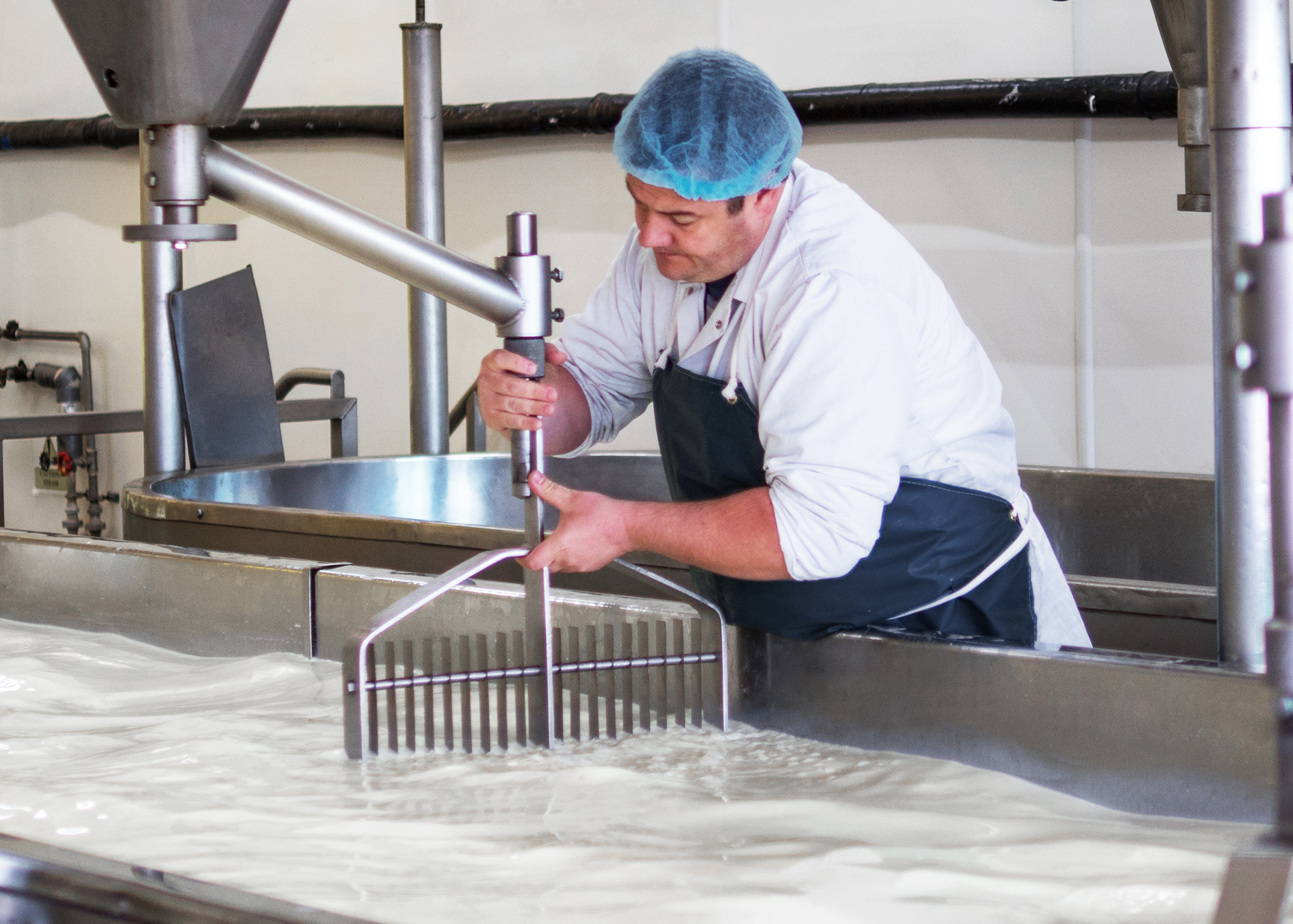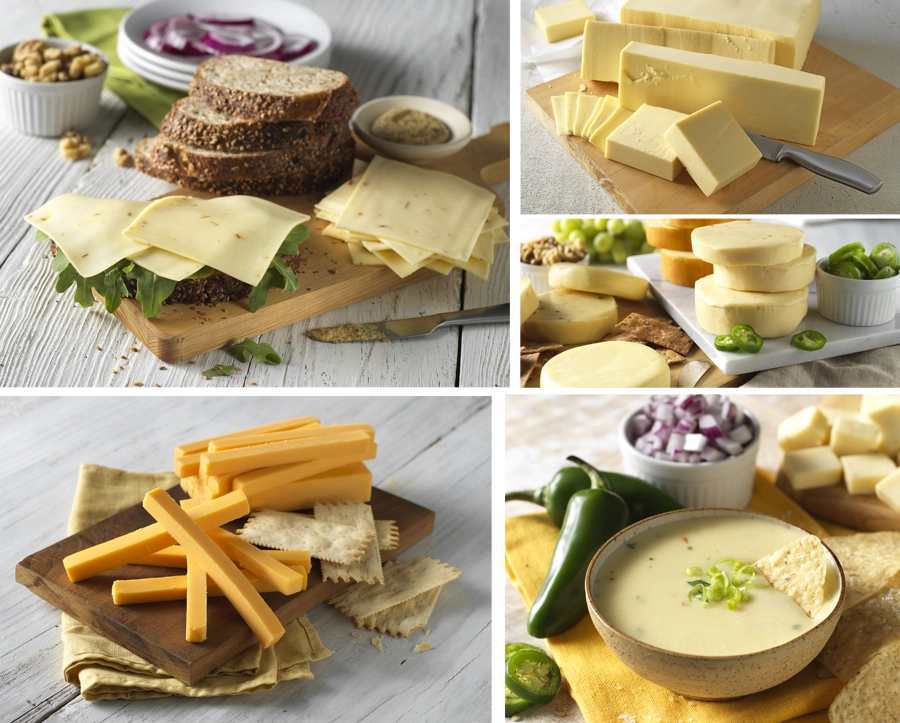Visit the Premier Cheese Store Melbourne for Gourmet Selections
Wiki Article
Exploring the Art of Cheese Production: Strategies, Procedures, and Developments in the Dairy Market
The expedition of cheese production incorporates a varied range of methods and procedures that show both historic practices and contemporary developments within the dairy industry. By checking out the detailed art of fermentation, aging, and modern-day manufacturing methodologies, one gains understanding right into just how artisans and large producers alike adapt to evolving customer choices and sustainability challenges. As we consider the ramifications of these developments, it becomes vital to question just how they will certainly form the future landscape of cheese and its duty in our diet regimens and cooking methods.History of Cheese Making
Tracing its beginnings to ancient human beings, the history of cheese making reveals an abundant tapestry of social and technological development. Proof recommends that cheese manufacturing days back over 7,000 years, with historical searchings for from areas such as Mesopotamia and the Indus Valley showcasing very early dairy methods. These societies made use of milk from domesticated pets, and through natural processes of fermentation and coagulation, they produced primary forms of cheese.As civilizations progressed, the art of cheese making ended up being extra fine-tuned. The old Egyptians and Greeks recorded their techniques, that included a selection of milk sources and diverse strategies for aging and flavor cheese. The Romans additionally sophisticated cheese production, exporting their expertise across Europe, which brought about regional adjustments and distinct ranges.
The Center Ages experienced the facility of monasteries as centers of cheese production, where monks developed distinctive recipes that mirrored local preferences and readily available sources. Throughout the centuries, cheese making has developed, affected by aspects such as geography, environment, and cultural techniques. This rich background not only highlights the ingenuity of very early societies however also lays the structure for the diverse cheese selections delighted in today throughout the globe.
Conventional Cheese Manufacturing Methods
Conventional cheese manufacturing techniques encompass a range of time-honored techniques that have been given through generations. These strategies, commonly region-specific, reflect the special social heritage associated with cheese-making. The procedure generally begins with sourcing high-quality milk, which can differ in type depending upon the wanted cheese.Coagulation is attained via the addition of rennet and occasionally an acid, causing the development of curds. The curds are after that cut and delicately mixed, allowing whey to separate. This first curdling stage is crucial, as it affects the appearance and wetness content of the end product.

Fermentation and Aging Procedures
Fermentation and aging processes are important to the development of cheese, happening after the initial curdling and pressing stages. Throughout fermentation, certain microbial societies are introduced to the curds, promoting the conversion of lactose right into lactic acid. This acidity not only helps in curd conservation but likewise adds to the taste profile and structure of the end product.As the cheese ages, biochemical reactions proceed to take area, affecting its preference, aroma, and structure. Various cheeses need differing aging durations, which can vary from a couple of weeks to several years, leading to distinctive attributes.
Additionally, the existence cheese store melbourne of molds or yeasts on the cheese surface can even more enhance flavor intricacy. As an example, blue cheeses count on details mold and mildew societies to create their signature preference accounts. Generally, both fermentation and aging are crucial in defining the originality of cheeses, permitting artisans to develop a varied range of items that satisfy a vast array of palates.
Modern Advancements in Milk Manufacturing
Innovations in dairy products production have reinvented the cheese-making procedure, improving efficiency and product high quality. Technological innovations, such as automated milking systems and precision fermentation techniques, have structured operations and enhanced consistency in raw milk quality. These systems reduce labor prices and improve pet welfare by permitting for even more comfy and reliable bleeding methods.Moreover, the incorporation of information analytics and IoT (Web of Points) tools has allowed dairy manufacturers to check numerous parameters, such as temperature and humidity, in real-time. cheese makers melbourne. This capacity guarantees optimum conditions throughout the cheese-making procedure, causing a higher top quality final product
Furthermore, developments in pasteurization methods, consisting of high-temperature short-time (HTST) pasteurization, have not only boosted food safety however likewise maintained the fragile tastes and nutrients inherent in milk.
Lasting practices are likewise getting traction, with innovations in waste administration and sustainable power usage. Lots of manufacturers are now using biogas from milk waste, promoting ecological stewardship while all at once reducing functional prices.
These contemporary technologies jointly add to a much more efficient, lasting, and top quality cheese production procedure, setting brand-new criteria in the dairy sector.
Future Trends in Cheese Sector
As celebrity market proceeds to evolve, arising trends are reshaping manufacturing, intake, and advertising techniques. One substantial trend is the growing demand for artisanal and specialized cheeses, driven by consumers looking for one-of-a-kind tastes and top quality active ingredients. This shift is encouraging producers to adopt traditional methods while including modern technology for enhanced quality control.Sustainability continues to be at the forefront of consumer preferences, prompting makers to discover environment-friendly techniques, such as reducing water use, optimizing energy intake, and utilizing eco-friendly packaging materials. In addition, innovations in plant-based cheese alternatives are broadening market chances, accommodating the boosting number of vegan and lactose-intolerant consumers.
In addition, electronic advertising and marketing and shopping are revolutionizing how cheese is marketed and marketed, enabling manufacturers to link directly with customers and customize their offerings to certain demographics. Subscription services and on-line platforms are ending up being popular channels for cheese distribution, boosting ease of access and benefit.
Last but not least, health-conscious patterns are influencing cheese solutions, with producers creating lower-fat, lower-sodium, and nutrient-enriched alternatives to fulfill consumer needs. As these trends continue to unfold, celebrity market is likely to witness a vibrant makeover that straightens with modern consumer worths and preferences.

Conclusion
The expedition of cheese production discloses a complicated interaction of time-honored strategies and contemporary advancements. As the milk market accepts health-conscious trends and environment-friendly practices, the future of cheese manufacturing promises continued growth and innovation, guaranteeing its long-lasting relevance in cooking society.Report this wiki page